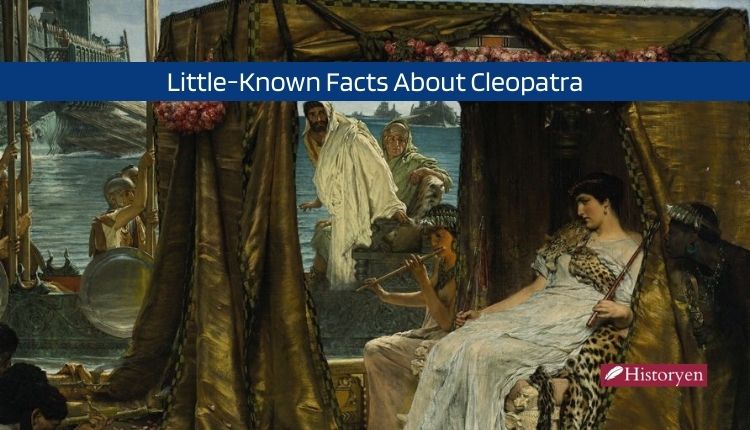In the annals of American military history, the name John J. Pershing resonates with distinction. His remarkable journey through the ranks of the U.S. Army is a testament to his unwavering dedication and leadership prowess. In this article, we delve into the life and career of John J. Pershing, covering his early days, service in pivotal wars, and his enduring legacy.
The Early Years and Military Ascendancy

General Pershing’s journey began in 1860, near the quiet Missouri town of Laclede. As a young man, he embarked on an unexpected path by taking a teaching position at a school for African American students. However, destiny had grander plans for him. Upon stumbling upon an advertisement for the U.S. Military Academy at West Point in 1882, Pershing seized the opportunity and secured his acceptance. Four years later, he graduated, ranking 30th in his class of 77—an early indication of his potential.
His initial military service saw him engaged in campaigns against the Apache and Sioux Native Americans in the rugged landscapes of New Mexico and Arizona. Notably, in Montana, he achieved a historic milestone by becoming one of the first white officers to command an all-Black regiment, the 10th Cavalry. His admiration for the Black soldiers he led earned him the nickname “Black Jack,” although another theory attributes it to his stern discipline.
Service in the Spanish-American War and the Philippines

Pershing’s valor and leadership skills came to the forefront during the Spanish-American War in 1898. Alongside Theodore Roosevelt and his famed “Rough Riders,” Pershing and the 10th Cavalry Regiment played a pivotal role in the Battles of Santiago and San Juan Hill. His distinguished service in these battles earned him a Silver Star and a promotion to the rank of captain.
Following the triumph in the Spanish-American War, Pershing’s journey led him to the Philippines, where he faced the formidable task of subduing rebellious Moro tribes. His exceptional leadership qualities did not go unnoticed. In 1906, President Theodore Roosevelt, recognizing Pershing’s capabilities, elevated him to the esteemed rank of brigadier general, leapfrogging over more than 800 senior officers.
Personal Tragedy and the Pursuit of Pancho Villa

Life took a tragic turn for Pershing in August 1915 when a devastating fire at the Presidio in San Francisco claimed the lives of his wife, Helen Frances, and three daughters. Only his son, Warren, survived. Grief-stricken but undeterred, Pershing channeled his sorrow into his work.
In 1916, President Woodrow Wilson entrusted Pershing with a critical mission: leading an expedition of nearly 12,000 soldiers into Mexico in pursuit of Pancho Villa. Villa, a Mexican revolutionary, had raided the town of Columbus, New Mexico, inciting the need for action. Despite facing restrictions due to U.S. reluctance to provoke war with Mexico, Pershing’s leadership during the pursuit earned him accolades from President Wilson.
Leadership During World War I

The outbreak of World War I in 1917 saw Pershing rise to prominence once again. President Wilson chose him to command the American Expeditionary Force (AEF), a role of immense responsibility. With the U.S. armed forces rapidly expanding, Pershing had the formidable task of transforming two million relatively inexperienced troops into a professional fighting force.
Upon arriving in France in June 1917, Pershing faced a complex situation. The German army, freed from its Eastern Front commitments after defeating Russia, posed a significant threat to the Allies on the Western Front. While French and British officers advocated for immediate absorption of AEF troops into their units, Pershing insisted on maintaining American forces under a single unified command. This approach proved successful as American troops made a resounding impact in key battles at Catigny, Chateau-Thierry, and St. Mihiel. The Meuse-Argonne Offensive marked a turning point, ultimately leading Germany to seek an armistice and ending the war on November 11, 1918. Pershing, however, believed in unconditional surrender.
The Later Years and Legacy

Upon returning to the United States, Congress bestowed upon Pershing the rare and prestigious title of “General of the Armies of the United States,” a distinction previously held only by George Washington. His heroism during the war made him a potential presidential candidate, but he failed to secure the 1920 Republican nomination.
Pershing continued to serve as U.S. Army chief of staff from 1921 to 1924, remaining a respected military adviser for decades. In 1932, he received the Pulitzer Prize in History for his two-volume memoir, “My Experiences in the World War.”
As World War II erupted in Europe, younger military leaders he had once mentored, including George S. Patton, Douglas MacArthur, and Dwight D. Eisenhower, took center stage. In 1946, at the age of 85, Pershing secretly married Micheline Resco, a French-Romanian artist he had known discreetly for nearly three decades. He passed away on July 15, 1948, at the age of 88, leaving behind an indelible legacy in American military history.
In Conclusion
General John Joseph “Black Jack” Pershing’s life and career were marked by unwavering dedication, remarkable leadership, and enduring contributions to American military history. From his early days to his pivotal role in World War I, Pershing’s legacy continues to inspire generations of military leaders and historians.



